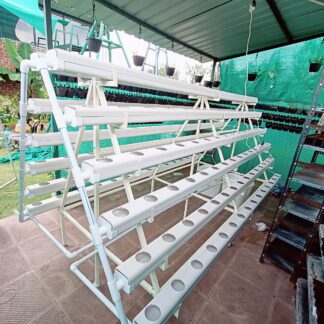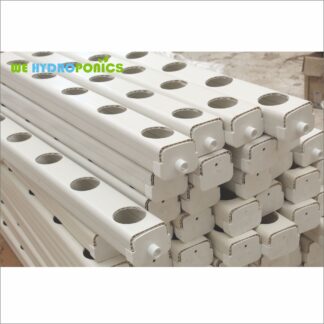The biggest health challenge of the 21st century is the scarcity of nutritious food for all. With the exploding population and rising food demand, agriculture lands are under extreme pressure to produce food beyond their capacity which led to overutilization of chemical fertilizers, pesticides, and injectable. Consequentially, these detrimental ingredients have percolated in our regular diet. Amidst this hustle and bustle of life, Microgreens have emerged as a SUPERFOOD to curb increasing nutritional deficiency.
What are Microgreens?
Microgreens can be defined as the tiny seedlings that are approximately 1-3 inches tall which are grown to be harvested at the seed leaf/true leaf stage of its growth cycle. These are the miniature versions of large plants packed with a higher amount of phytonutrients and minerals and lower nitrate as compare to its older or macro version. The vitamin content can be many times that of a mature plant. Due to their small size, they are known as Microgreens. In Microgreen Farming, more nutrients can be harvested per inch of growth medium. Microgreens have an aromatic flavor and concentrated nutrient content.
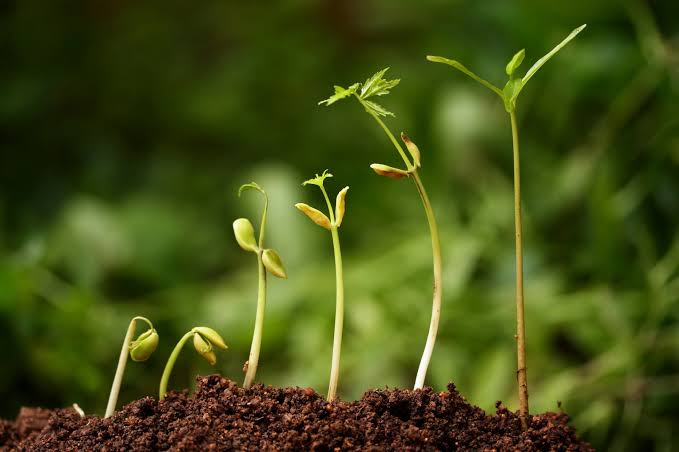
Why Microgreens?
Nutritious Delight:
The Bio-availability of essential nutrients is higher in microgreens compared to the mature plants. While their nutrient contents vary slightly most varieties tend to be rich in potassium, iron, zinc, magnesium, and copper. It is a mine of antioxidants, vitamins and other essential compounds such as polyphenols. For instance, Red Cabbage Microgreens have 40 times more Vitamin E, 6 times more vitamin C & 69 times more vitamin K than the mature red cabbage.
Easy to grow at home:
Growing Microgreens is not intricate. It can be taken up as a fun project for kids. All you need is a container, soil/cocopeat, and seeds. It neither requires humongous space nor intensive labor.
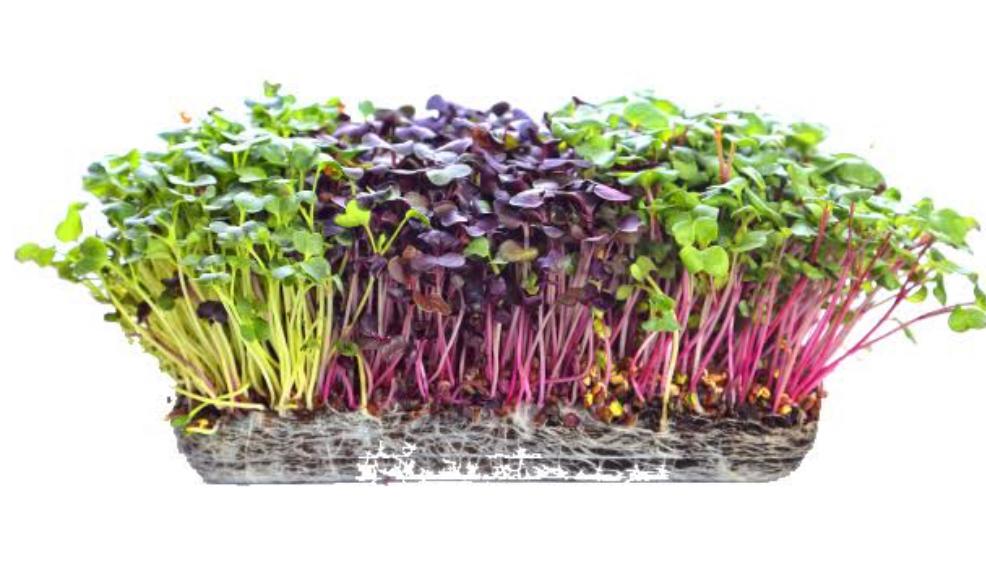
These come handy and are easier to be incorporated in the diet than the equal amount of vegetables.
Bring the taste of fine dining restaurants into your plate:
Have you been to a fine dining restaurant recently? Exotic dishes are being garnished by tiny, delicate, and flavorful Microgreens to make it delectable.
Healthier Substitute of Chlorophyll Supplements:
The potential benefits of Chlorophyll include improving health, boosting energy, anti-aging remedy, and fighting illnesses. A popular way to get chlorophyll into the diet is through supplements in the form of drops, pills or capsules. On the contrary, Microgreens are the rich source of chlorophyll for e.g. Spinach, broccoli, green cabbage & alfa-alfa can be added in the diet.
Microgreens can be inculcated in the regular meals in very innovative ways. “Use them as toppings for your sandwiches, salad or garnishings.” This will impart your home-cooked meal a nutritious & flavourful bite.
Is Sprout and Microgreen Same?
Microgreens are frequently compared with sprouts and sometimes even misinterpreted as sprouts. However, both are different. Sprouts do not have leaves and also have a much shorter growing cycle. Whereas microgreens are more similar to baby greens whose stem and leaves are eaten.
What to Grow?
Thrilled with the qualities of small but powerful pack of microgreens but confused at the same time that what to grow? Microgreens can be grown from many different types of seeds in a small space. Mentioned below are 15 super easy grown crops loaded with numerous health benefits.
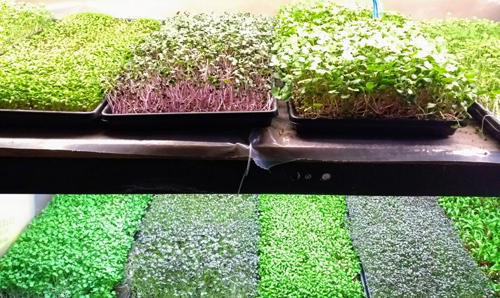
- Wheatgrass
- Barley
- Mustard
- Sunflower
- Onion
- Radish
- Carrot
- Basil
- Spinach
- Fenugreek
- Broccoli
- Pea
- Cabbage
- Beetroot
- Moong
How to Grow Microgreens:
- Cover the bottom of the container with an inch or two of moistened Cocopeat. Flatten and level it with your hand. Scatter seeds evenly on top of the cocopeat. Cover the seeds with a thin layer of Cocopeat. Sprinkle some water. Keep the container in a shady area. While waiting for sprouts to appear, usually within three to seven days, sprinkle water once or twice daily to keep the cocopeat moist but not wet.
- Once seeds have sprouted, allow seedling to grow in partial sunlight.
- Harvest the seedlings through scissor or cutter just above the soil in seed leaf or true leaf stage as per need of the crop. Usually, Microgreens are harvested in 7-10 days.
Crunchy, fresh, and juicy microgreens are ready to pamper your palates!

When to Harvest?
Depending upon the type of seed sown, Microgreens can be harvested between 7-21 days. Some of them are plucked immediately after the appearance of seed leaves and some of them after the appearance of the first set of the true leaf. Let the aroma of microgreens heal your body.


